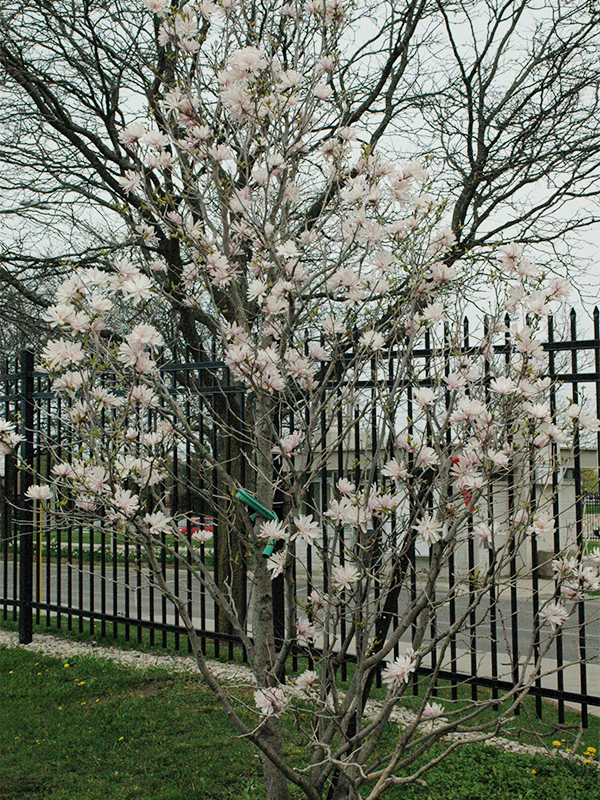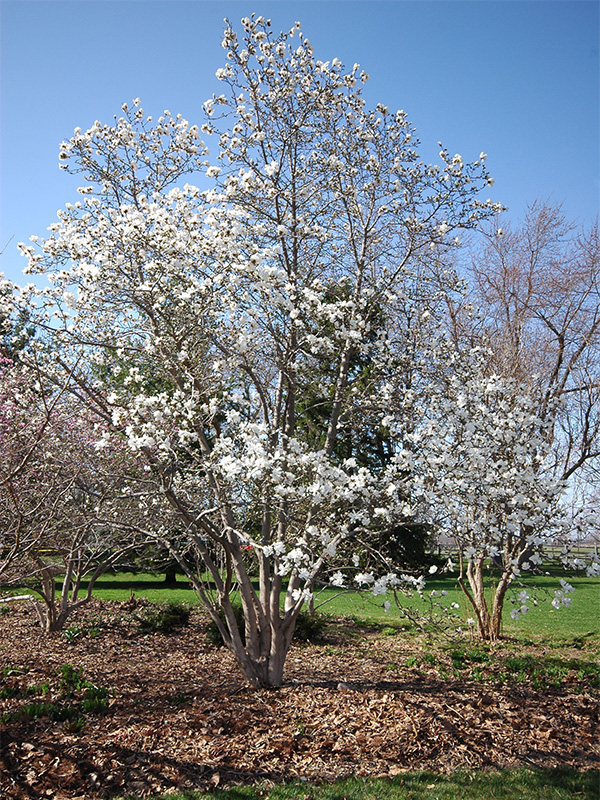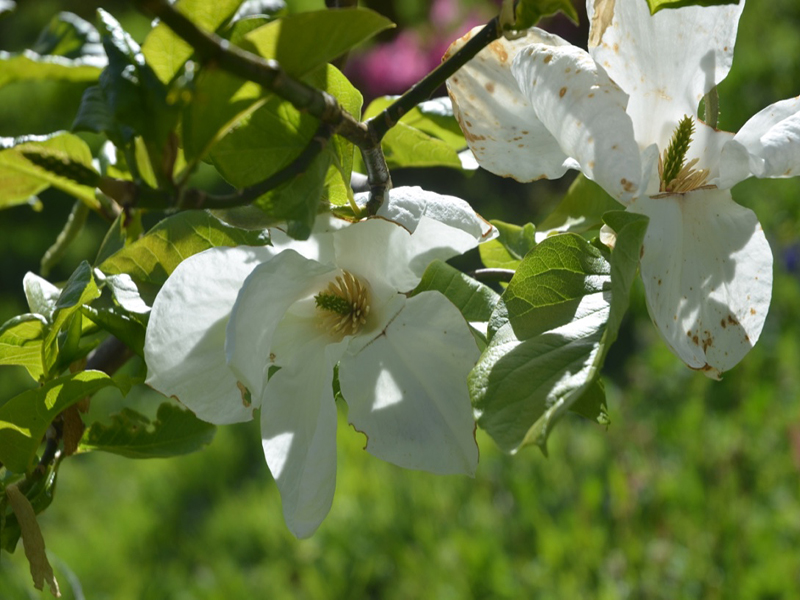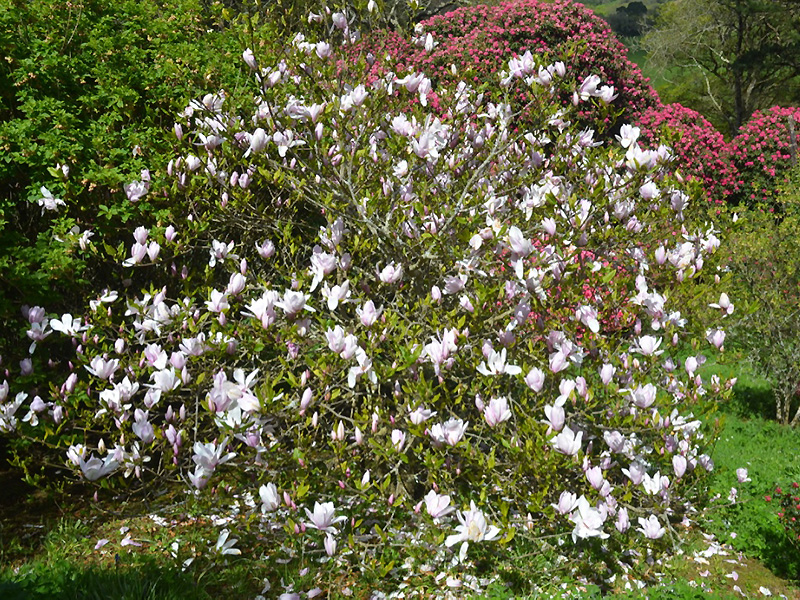
Woody > Magnolia > Magnolia kobus > Magnolia kobus
Magnolia kobus
Kobushi Magnolia
Origin: The genus Magnolia is named after Pierre Magnol, a French botanist who lived from 1638 to 1715. Native to Japan.
| Family |
| Magnoliaceae |
| Genus |
| Magnolia |
| Species |
| kobus |
| Category |
| Woody |
| Type |
| Tree (deciduous), Shrub (deciduous) |
| Synonyms |
| Magnolia pseudokobus, Yulania kobus, Buergeria obovata |
| Pronunciation |
| USDA Hardiness Zone |
| 4 - 9 |
| Canadian Hardiness Zone |
| 5 - 8 |
| RHS Hardiness Zone |
| H7 |
| Temperature (°C) |
| - 30 |
| Temperature (°F) |
| -20 |
| Height |
| 7.5 - 10 m |
| Spread |
| 4 - 10 m |
Photographs
Description and Growing Information
Flowering Period
| General Description |
| Magnolia kobus is a small tree that produces a beautiful spring blooms which are white in colour and give off a faint fragrance. |
| Landscape |
| A specimen flowering tree or shrub for lawns, foundations, patios, shrub borders or woodland peripheries. |
| Cultivation |
| Best grown in moist, organically rich, well-drained loams in full sun to part shade. |
| Shape |
| This tree has a pyramidal shape in its younger part of its life and becomes rounded as it ages. |
| Growth |
| Slow |
| ID Characteristic |
| A small to medium deciduous tree or large shrub that is native to forest areas in Japan. |
| Habitat |
| Magnolia kobus can be found in naturally hilly areas of Japan, mostly in acidic or neutral soils. |
| Bark/Stem Description |
| The bark of this tree is rather smooth, light brown and has some large lenticels that are vertical instead of horizontal. |
| Flower/Leaf Bud Description |
| The buds do not have scales but are covered instead by tiny hairs. |
| Leaf Description |
| The leaves are simple, with a pinnate venation and a rather rounded obovate shape and green turning yellow in autumn. |
| Flower Description |
| The flowers on this tree have long white petals around the outside, and 10 - 12 petals on the inside arranged in the shape of a star. |
| Fruit Description |
| Red seeds form in pods to 10 cm long. |
| Ethnobotanical Uses (Disclaimer) |
| Magnolia kobus has been known to have some medicinal purposes as it can be made into a tea that relieves headaches. The leaves are also dried and crushed into a powder which can be used as flavouring for food. |



